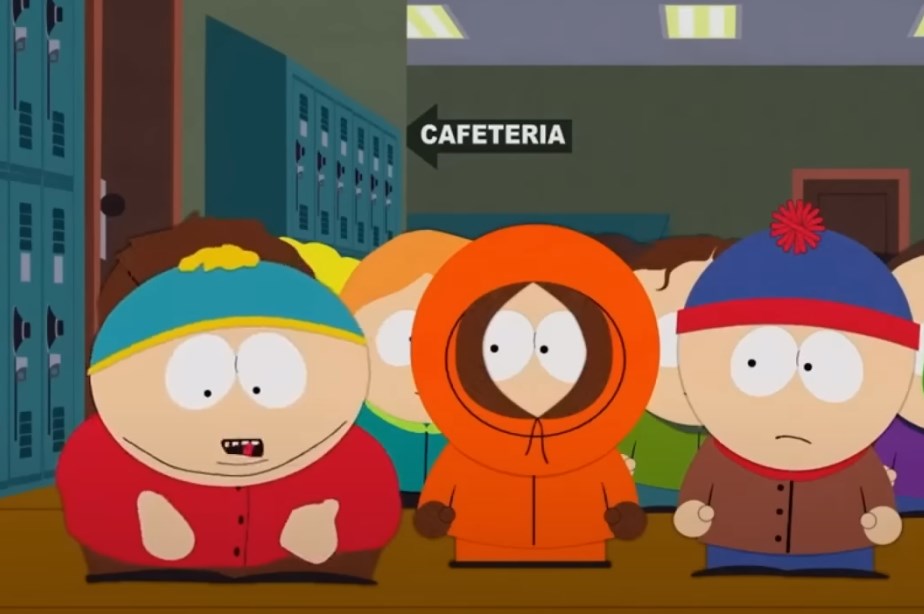In the arena of animated satire, “The Poor Kid” stands out as a particularly notable installment. This piece not only showcases the series’ adeptness at humor and social commentary but also revisits a long-standing joke within the series – the death of a beloved character.
This article aims to dissect various aspects of the installment, from its narrative arc to its deeper societal implications, offering a comprehensive look at what makes it tick.
Behind “The Poor Kid”
The mid-season finale set a high bar for expectation, and “The Poor Kid” certainly didn’t disappoint, concluding with a dramatic twist. With the recent announcement of the show’s extension through 2016, and the fluctuating use of continuity this season, viewers are left pondering the implications of a character’s first demise in the current season.
- The iconic joke of this character’s repeated demises, which concluded with the aptly named “Kenny Dies,” underwent a transformation post-Season 5. The gag of resurrecting him after each absurdly fantastical demise was toned down. However, the Season 15 finale revisits this with a brutal and unexpected turn, sparking questions about the show’s future direction. Will the creators revisit this old technique, or was this a one-off event?;
- This installment’s climax, involving a monstrous reptilian creature, raises questions about the fate of this beloved character. The emergence of his alter-ego, Mysterion, initially seen in “The Coon” two seasons prior, adds another layer to his character’s complexity. This episode might be seen as a subtle retrospective of his character, pondering if Mysterion’s return is a part of a grander narrative or simply a narrative tool to offer solace to his distressed sister;
- The storyline progresses as Child Protective Services intervenes in the McCormick household after a TV show expose. The catalyst? Economic hardships and a particular brand of beer, humorously dubbed as “child abuse in a can.” This leads to the McCormick children being placed with the Weatherheads, while the social worker and stand-up comic hopeful Mr. Adams delivers expected jokes about a current scandal. The Weatherheads, in their portrayal of agnostics, offer an interesting contrast to Mr. Adams with their varied perspectives.
In a twist of fate, another central character finds himself at the bottom of the socio-economic ladder, sparking an identity crisis and leading to a series of comedic yet poignant events. His desperate actions to change his living situation ironically land him in the same foster home as the McCormick children. The foster home, with its unique agnostic rituals including a Dr. Pepper hose, adds a surreal touch to the narrative.
Reflecting on the Overall Impact
While the installment may seem to tread familiar territory in its satire and humor, it cleverly repurposes familiar themes to explore new narrative depths.
- The episode not only pokes fun at societal norms and beliefs but also offers a character-centric story that resonates on a deeper level;
- Despite its satirical jabs at agnosticism and societal issues, the installment stands out for its character-driven narrative and unexpected plot developments.
Conclusion
“The Poor Kid” is a testament to the series’ ability to blend humor, social commentary, and character development into a cohesive and impactful narrative. This installment not only revisits a classic joke from the series but also delves into deeper character exploration, all while maintaining its signature satirical edge.
It represents the series’ continued evolution in storytelling and its knack for addressing societal issues through the lens of humor and satire. As the series progresses, episodes like “The Poor Kid” remind us of its unique place in the landscape of animated comedy and its capacity to provoke thought and laughter in equal measure.
